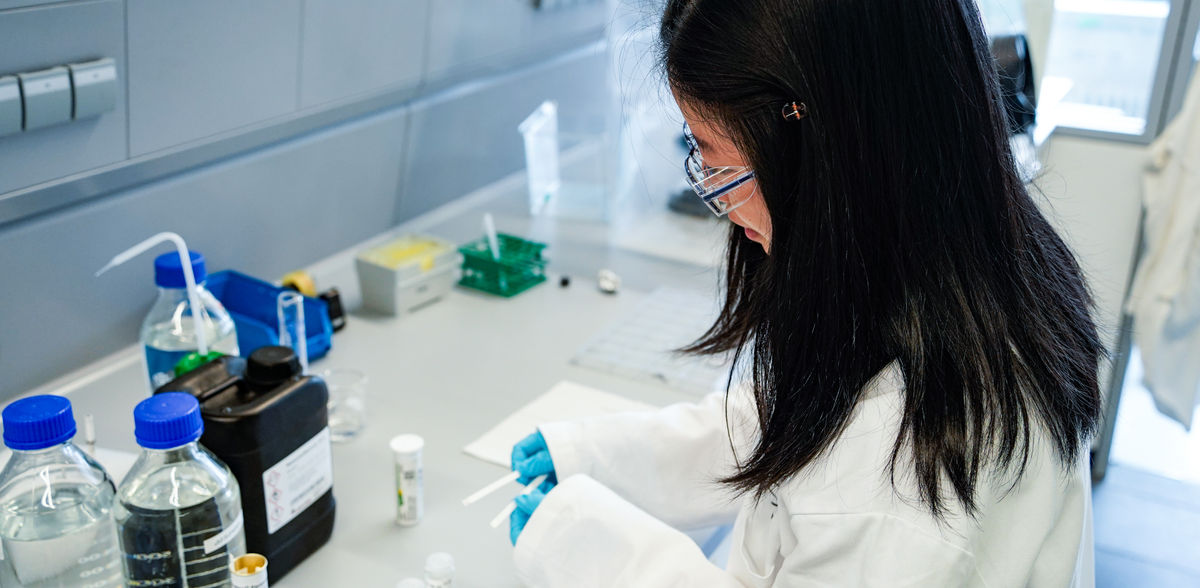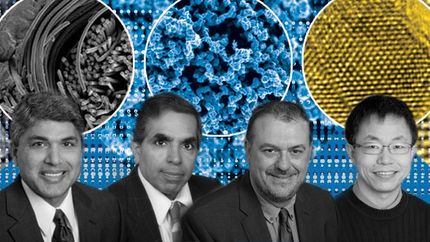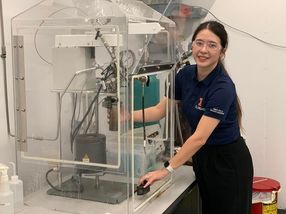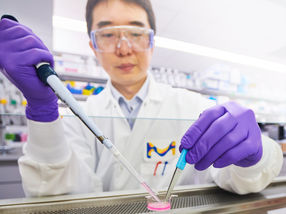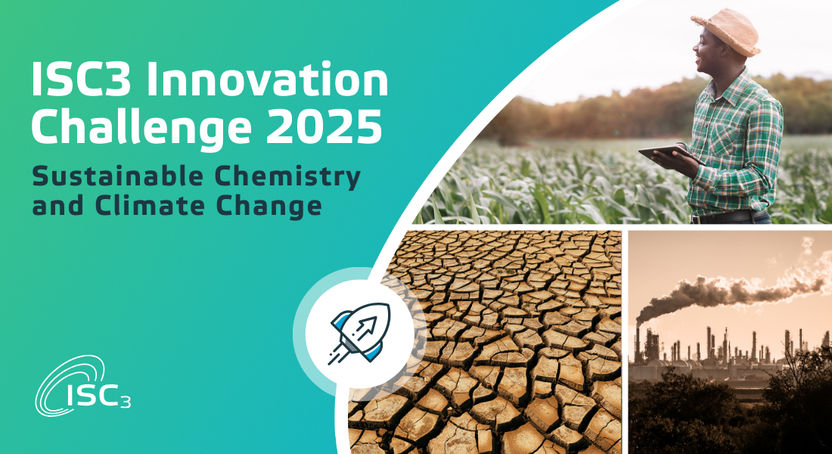New solution for green hydrogen production
Scientists at Paderborn University research carbon materials for photocatalysis
Advertisement
Coal, gas, oil: the use of fossil fuels is declining. Clean energy obtained from renewable sources is gradually replacing the environmentally harmful competition. In order to be widely used, the energy sources must be affordable and, above all, available. In recent years, hydrogen has proven to be particularly suitable for various applications. However, its production is currently largely based on fossil fuels. In order to change this, scientists at Paderborn University are investigating in a new research project how hydrogen can be produced on the basis of solar energy using certain carbon materials - in other words, green all round. The project, entitled "C2-SPORT" (for "Carbon Composites as Direct Z-Scheme Photocatalysts for Overall Water Splitting"), is being funded with around 20,000 euros as part of Paderborn University's in-house science college.
"By using sunlight to split water into hydrogen and oxygen, we are coming a big step closer to the ideal of a profitable and environmentally friendly energy source," explains Junior Professor Dr. Maria Nieves López Salas from the Department of Chemistry at Paderborn University, who is implementing the project together with Dr. Ying Pan, also from the Department of Chemistry. Their concept is based on the so-called "direct Z-scheme", a method inspired by natural photosynthesis. In simple terms, this involves combining two types of semiconductors. The special thing about it is that it combines the strengths of both types, which leads to an unprecedented efficiency of water splitting. López Salas explains: "Semiconductor-based photocatalytic water splitting, which uses solar energy to produce hydrogen and oxygen based on water, has proven to be a promising solution to tackle energy and environmental problems." But there are still hurdles: For example, it is extremely difficult to completely split water into hydrogen and oxygen using just one catalyst material. "In photocatalytic reactions, light absorption, charge carrier separation and surface reactions of the catalysts work together to produce hydrogen from sunlight. For high performance, these catalysts must, among other things, absorb light well and separate charges efficiently," continues López Salas. Currently available semiconductors, which consist of only one material, can only meet these requirements with difficulty.
Semiconductors containing carbon could be an interesting option for Z-scheme photocatalyst systems. One reason for this is that they have good photocatalytic activity and are lighter than other materials such as titanium dioxide. They are also cheaper, reliable and abundant on earth. Appropriate strategies to be explored could make them excellent candidates for hydrogen production. Pan states: "Understanding this will have a significant impact on the search for technologies to convert solar to hydrogen energy. It can be the basis for extremely efficient catalysts and a big step towards new devices for artificial photosynthesis."
Note: This article has been translated using a computer system without human intervention. LUMITOS offers these automatic translations to present a wider range of current news. Since this article has been translated with automatic translation, it is possible that it contains errors in vocabulary, syntax or grammar. The original article in German can be found here.
